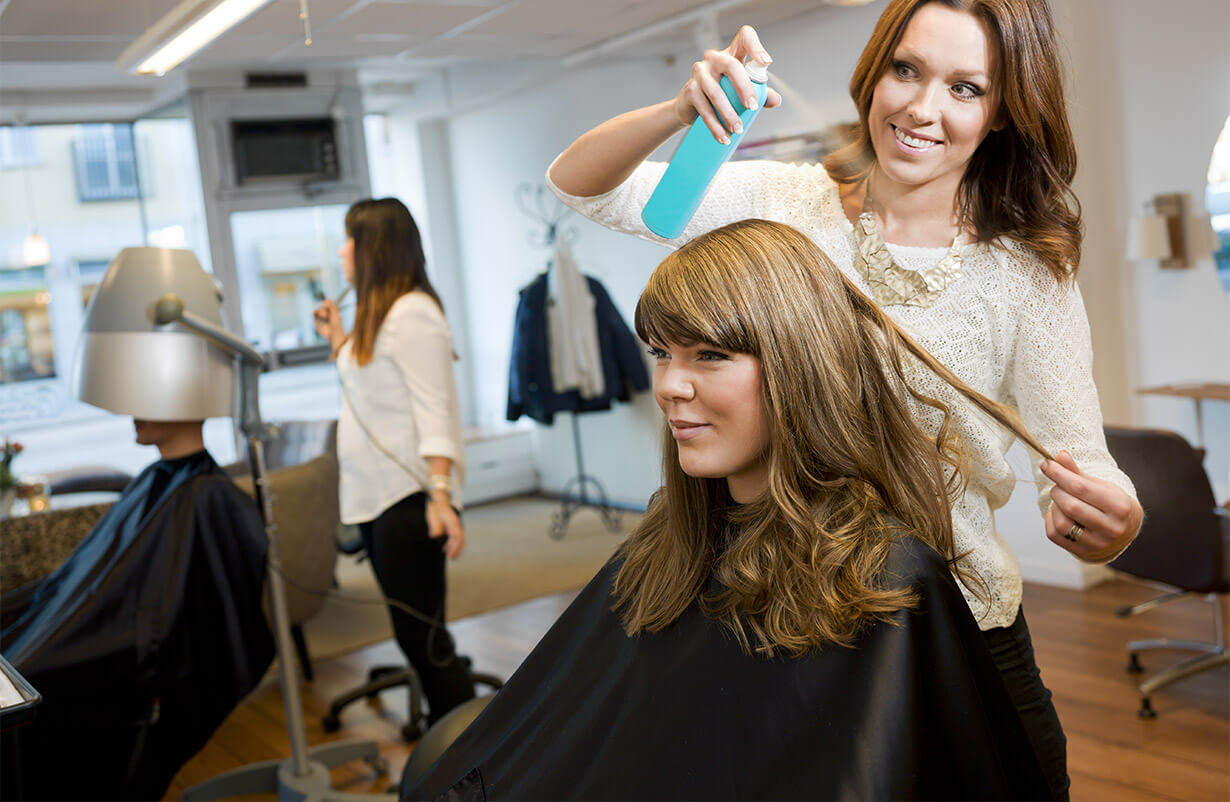
Introduction
Wigs have long been a captivating accessory in the entertainment industry, enriching performances and helping actors bring characters to life. From the ancient theaters of Greece to the silver screens of Hollywood, wigs have played a pivotal role in enhancing visual storytelling. This article delves into the historical significance and contemporary applications of wigs in the entertainment world.
Historical Evolution of Wigs in Entertainment
Early Theatrical Use
In the realm of theater, wigs have roots tracing back to ancient Greece and Rome. In these early performances, wigs were used not only as a means of distinguishing characters but also as symbols of status and identity. They facilitated quick character changes and allowed actors to embody diverse roles seamlessly.
Renaissance and Opera
The Renaissance era witnessed the emergence of opulent wigs in theater, reflecting the period’s grandeur and artistic sophistication. Opera, an art form known for its dramatic flair, adopted wigs to help portray characters from different historical periods and societal strata. Wigs became crucial tools for creating immersive and visually stunning productions.
Wigs in Film and Television
Golden Age of Hollywood
Hollywood’s Golden Age saw wigs take on new dimensions of glamour and elegance. Iconic actresses like Marilyn Monroe and Audrey Hepburn popularized signature wig styles, contributing to the mystique of their on-screen personas. Wigs became synonymous with old Hollywood allure and red carpet glamour.
Contemporary Applications
In today’s film and television landscape, wigs continue to be transformative. Actors utilize wigs to completely embody characters, altering their appearance to suit diverse roles. Historical accuracy is achieved through wigs that accurately replicate hairstyles of various eras. This attention to detail enhances storytelling authenticity.
Influence of Wigs on Pop Culture
Music and Performances
Wigs are vibrant components of music culture, making appearances in music videos and live performances. Extravagant wigs serve as extensions of artists’ creative expressions, enabling them to experiment with different personas and styles. Wigs have become emblematic of performers’ stage identities.
Drag Culture
The world of drag owes much of its dazzling appeal to wigs. Drag performers use wigs to craft larger-than-life characters, experimenting with colors, lengths, and textures. Wigs are vital in creating the illusion and fantasy that define the art of drag, allowing performers to seamlessly switch between personas.
Challenges and Innovations in Wig Design
Realism and Authenticity
Advancements in wig design have led to hyper-realistic creations. High-quality materials mimic the look and feel of natural hair, catering to the demands of high-definition media. Wigs are now meticulously crafted to withstand close scrutiny, ensuring that characters appear genuine and lifelike.
Comfort and Practicality
While aesthetics are paramount, performers’ comfort is also crucial. Wig designers focus on creating breathable, lightweight wigs that can be worn for extended periods without discomfort. Innovations in wig construction prioritize both visual appeal and the well-being of actors.
Fashion and Trends in Entertainment Wigs
Influential Designers
Collaboration between hairstylists, costume designers, and performers results in iconic wig styles that set trends. These designs become synonymous with characters and contribute to the visual language of a production. Wigs are pivotal in creating recognizable and memorable character identities.
Impact on Audience
Wigs shape not only characters but also audience perceptions. The distinct look of a character’s wig can become a signature, influencing fan culture and even inspiring real-world fashion trends. The visual impact of wigs leaves an indelible mark on viewers’ minds.
Wigs in Gender and Identity Exploration
Breaking Gender Norms
Wigs have been instrumental in challenging traditional gender norms. Characters with androgynous, gender-bending, or non-binary identities often use wigs to visually emphasize their unique personas. This exploration contributes to a broader conversation about gender representation in media.
Empowerment and Self-Discovery
For individuals off-screen, wigs offer a platform for self-expression and experimentation. Wearing a wig can empower individuals to explore different facets of their identity, build confidence, and embrace alter egos that reflect their true selves.
Conclusion
Wigs’ journey through the entertainment industry is one of continuous transformation and adaptation. From ancient theaters to contemporary screens, wigs have transcended their role as mere accessories, becoming integral to the artistic process. As the entertainment world evolves, wigs remain a potent tool for enhancing storytelling, promoting self-expression, and challenging societal norms.
